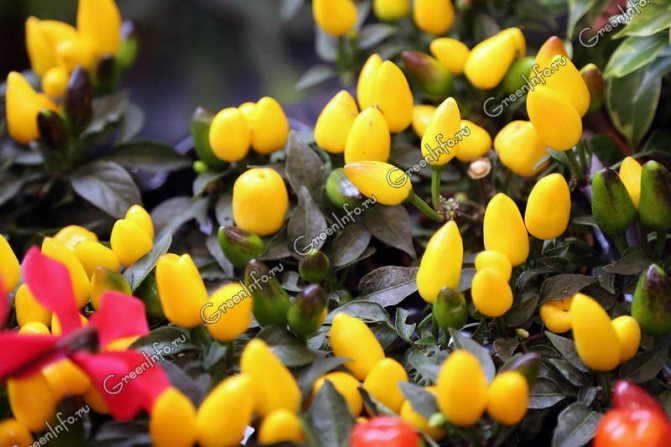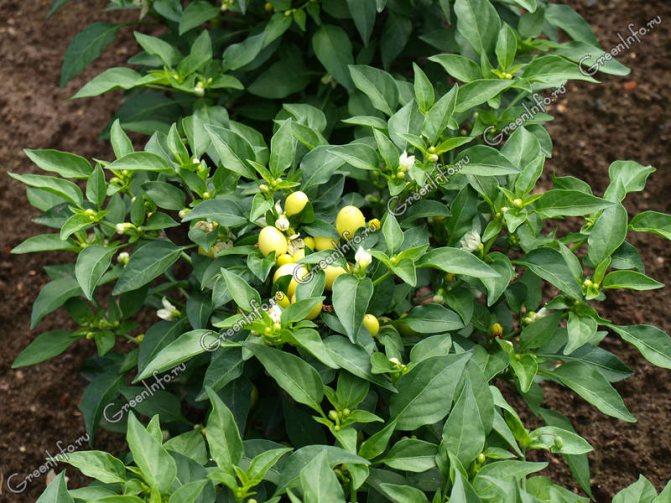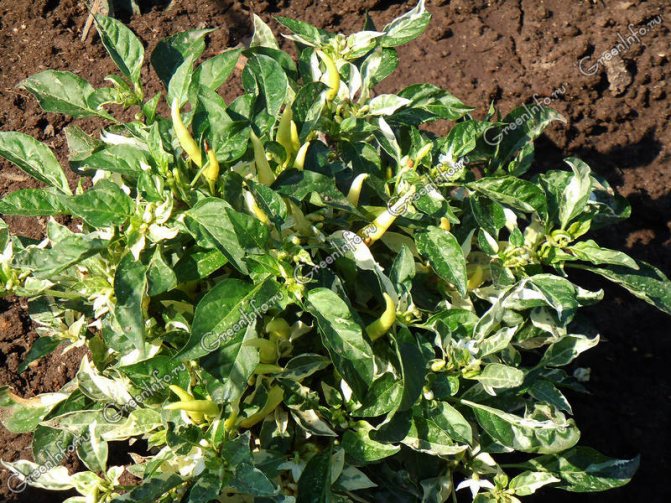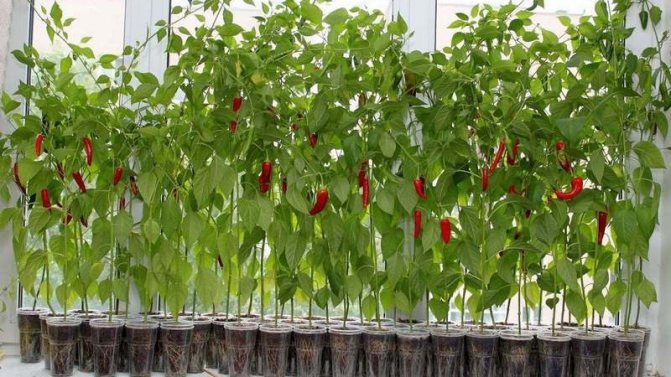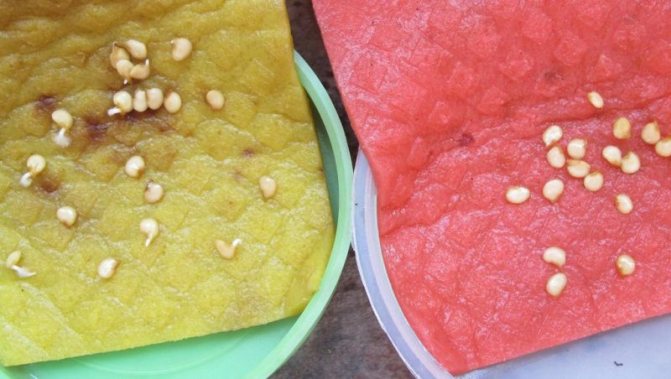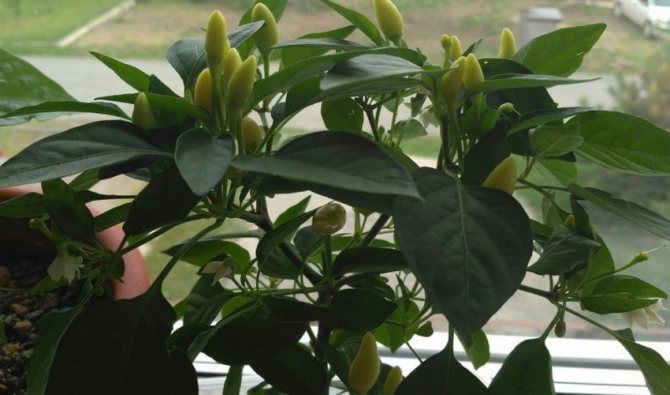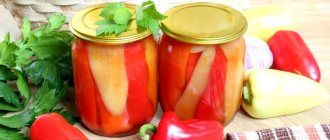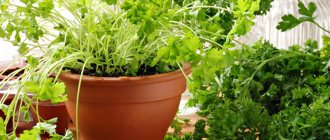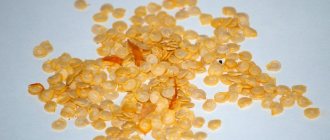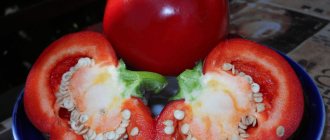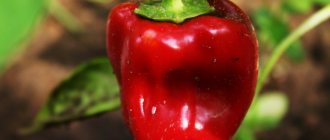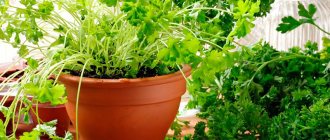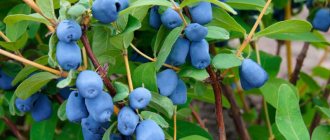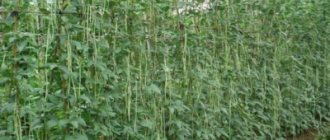Hot peppers are grown at home as a spice and as an ornamental plant. The multi-colored fruits give the bush a special beauty. In the process of maturation, they change color from green to yellow, dark purple and red. Seeds are planted at any time of the year. Plants require a lot of sunlight, moisture in moderation. The following are the main varieties of hot peppers for indoor cultivation.
Botanical features of hot pepper
Bitter pepper belongs to the thermophilic plants of the Solanaceae family with branched stems, medium-sized light flowers and glossy fruits. The culture is compact and fruitful. All varieties of hot pepper can be divided into decorative and standard. For growing at home, it is preferable to choose decorative varieties that differ in a small bush height (from 15 to 50 cm).
According to the ripening period, hot peppers are:
- early maturing, readily on the 65-100th day after germination;
- mid-season, which ripens in 100–120 days;
- late, pleasing harvest in 120-150 days.
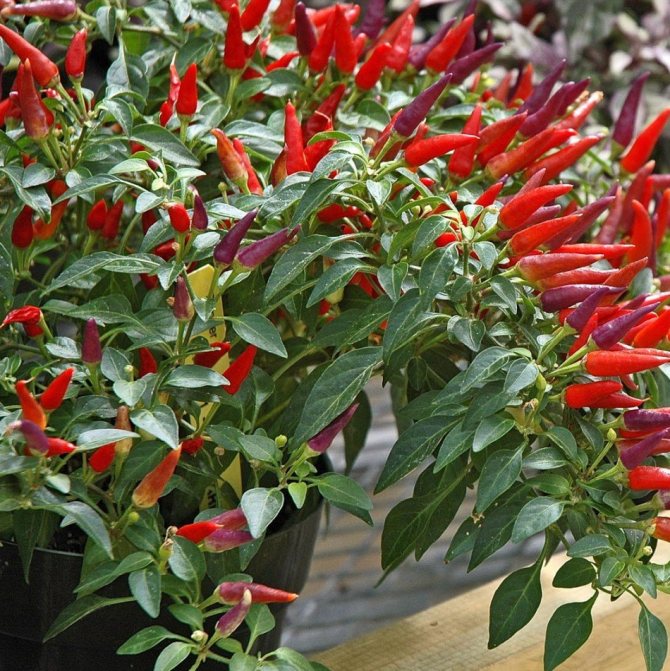
In Europe, pots with decorative peppers for Christmas are put on the balcony, windowsill, near the house
When choosing a variety for growing at home, you should pay attention to the following features:
- the shape of the fruit. In this respect, the culture is very diverse: the pods can have a conical, rounded, flattened shape, resembling a pyramid, a cylinder, and even a bell;
- fruit color. It can be different - from bright yellow to purple;
- foliage coloring. The leaf blade is most often green, but you can find varieties with multi-colored blotches in the form of spots and stripes, as well as with purple leaves;
- the degree of pungency of the fruit. The taste of hot pepper ranges from spicy with a low degree of bitterness to spicy hot.
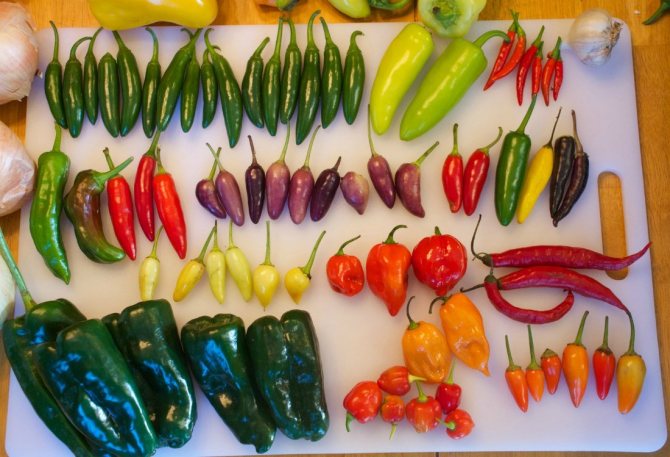

The edible fruits of hot peppers differ not only in size and color, but also in shape: some, like New Year's toys, are round; others hang down like bells; still others rush up like candles
How to support and accelerate the process of plant development?
In general, plant care is simple. If you want to achieve good fruiting, then you need to serve the "right" temperature. During the day, the temperature should not drop below 22 degrees Celsius, at night 17. To prevent the bush from suffering from dry air and warm batteries, it must be protected from batteries. Have a humidifier? Excellent!
Remember that pepper leaves do not like contact with water, so it is better to moisturize the plant through a tray. It has already been written above that it is better to use filtered or settled water. To speed up the development of lateral stems, trim off the top of the stem when it is 20 centimeters long.
Hot peppers do not like sudden changes in temperature and drafts. Protect him from the negative environment. If you are growing two varieties of plants, do not place the pots close together to avoid cross-pollination.
Let's summarize:
- We observe the temperature regime
- Water the plant correctly and in a timely manner
- Prune the plant when it exceeds 20 centimeters
- Don't forget to humidify the room
- We are afraid of temperature differences and drafts
And of course we take care of the luminous flux, which is so necessary for photosynthesis. Just imagine what pleasure a bush of red pepper will bring you, grown by your own hands. Add something spicy to your everyday food!
The best varieties of hot peppers for growing on a windowsill
All the varieties of hot peppers presented below at home can bear fruit for several years (from 4 to 6). The use of the fruit is universal:
- they are used fresh, as well as as a seasoning and for making pepper powder;
- used for canning and pickling vegetables;
- used for medicinal purposes.
The practical use of hot pepper is ideally combined with the decorativeness of the culture: the plant serves as an adornment for any interior.
Table: the best varieties of hot pepper for growing in an apartment
| Variety name | Ripening terms | Bush characteristic | Description of leaves and fruits | Taste |
| Indian summer | Early, characterized by extended ripening periods (up to 4 months) |
| Leaves are green, medium in size. Fruit:
| Spicy, strong aroma |
| Ryabinushka | Mid-season | Shrub form up to 35 cm high | Leaves are small, dark green. Fruit:
| Spicy, strong aroma |
| Medusa F1 | Early | Shrub compact form up to 40 cm high | Fruit:
| Acute |
| The Queen of Spades | Mid-season with almost simultaneous ripening of fruits |
| The leaves are dark green. Fruit:
| Spicy, strong aroma |
| Firework | Mid-season, fruit ripening amicably |
| The leaves are dark green. Fruit:
| Spicy with a strong aroma |
| Aladdin | Mid-season with extended ripening periods | Shrub form up to 60 cm high | The bush has medium-sized green leaves. Fruit:
Up to 120 fruits are formed on one bush | Acute |
Photo gallery: the best shrub varieties of hot pepper
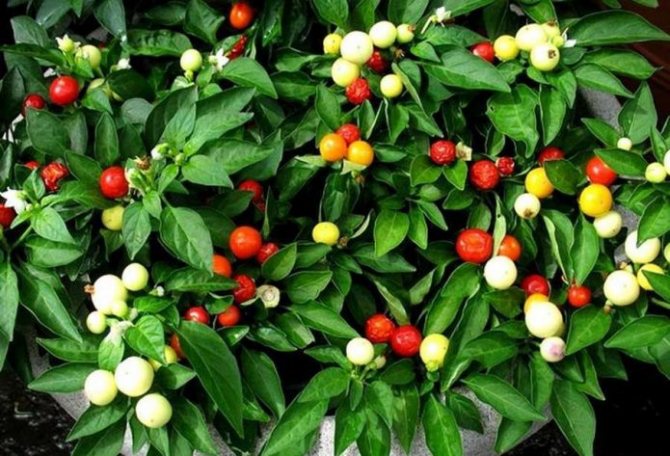

The variety Indian Summer is distinguished by a long fruiting period, the fruits of which are similar to miniature tomatoes.


Outwardly, a bush of hot pepper of the Medusa variety, dotted with multi-colored pods, very much resembles the tentacles of a jellyfish
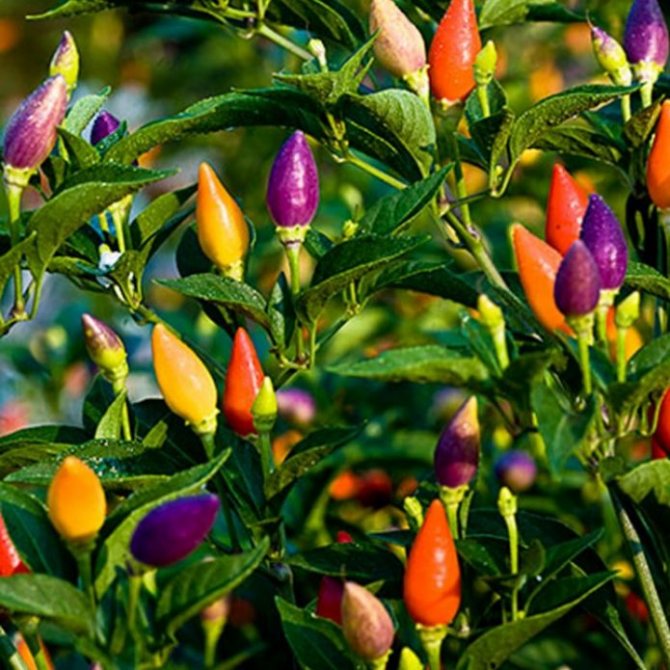

During fruiting, the compact bush of the Queen of Spades is covered with purple and bright red peppers
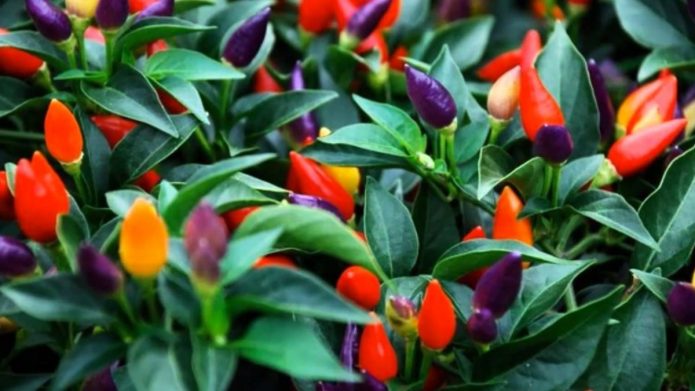

The Aladdin variety with conical fruits of various shades is distinguished by a special yield and variegation.
Indoor hot pepper care
When choosing a place to place a hot pepper pot, focus on its love of light. It can be a windowsill, but protected from direct sunlight (otherwise the earth will dry out quickly, pepper can shed leaves and fruits). Permanent shade is also harmful to pepper - with a lack of light, it may not even bloom.
Hot peppers can be placed on a windowsill or balcony next to almost any plant. It can be indoor flowers, and when organizing a home garden - herbs, lettuce, tomatoes.It is not recommended to place peppers next to fennel, which will aggressively depress the crop. Neighborhood with sweet pepper will lead to over-pollination of crops. As a result, you will get hybrids with unpredictable properties: bell peppers will taste bitter, and bitter peppers will lose their sharpness.
Taking care of the hot pepper bush is easy. It is only important to organize daylight hours about 15 hours using a phytolamp. The following activities are carried out:
- watering with settled water. In determining the amount of irrigation, they are guided by the condition of the soil: it should not dry out, but also not be constantly damp;
- shallow loosening of the soil after each watering;
- weekly spraying from a spray bottle, because the leaves and fruits of the pepper will not be hindered by additional moisture, especially if the air in the room is dry;
- maintaining a comfortable temperature for active growth and fruiting within + 20-25 ° C.


In summer, pots of pepper will feel comfortable on the balcony and even on the street, but with the onset of cold days, they must be returned to the house.
You don't need to artificially pollinate the plant, but if you just periodically shake the bush, you will help the pepper to tie more fruits.
Top dressing of pepper
The plant actively consumes nutrients, so the soil in the pot is quickly depleted. During the period of intensive growth and fruiting, you cannot do without additional fertilizing. They are carried out in this way:
- once every two weeks, the bush is fed with an infusion of wood ash (2 tablespoons of ash are added to 3 liters of hot water, insisted for a day, filtered);
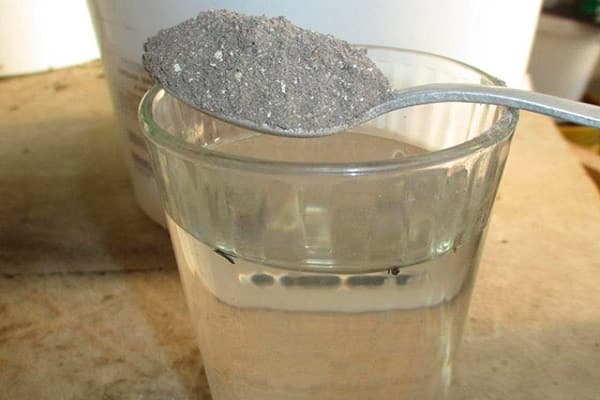

The favorite fertilizer of pepper is ash, which can be used in any period of growth, but with a mandatory interval of 10-14 days
- nitrogen fertilizers are used during the period of active foliage growth (1 teaspoon of urea per 5 liters of water);
- during the formation of ovaries, phosphorus-potassium mixtures are recommended (1 tablespoon of superphosphate per 1 liter of water).
Top dressing of the bush can be root and foliar. The latter are best done in the evening so that the nutrient moisture does not evaporate from the leaves so quickly.
Winter care
After the end of fruiting, the plant will enter a dormant period. To help him get through the winter, the following are recommended:
- remove existing flowers and unripe fruits;
- lower the temperature regime of the content to +18 ° C;
- do not feed;
- reduce the number of waterings while increasing the amount of water sprayed.
In the spring, if necessary, you need to prune the bush by cutting off the long side branches.
Growing errors
When planting and growing peppers, gardeners sometimes make mistakes that can lead to a lack of flowering and fruiting, and even to the death of a crop.
Table: the most common care mistakes when growing hot peppers in a room
| Problem | Possible reason | Remedies |
| Roots rot | Over-watering or watering with cold water | Water only with water at room temperature as the soil dries |
| Pepper grows poorly after transplanting, does not bloom for a long time | Damage to the main root |
|
| Leaves fall |
|
|
| Flowers and ovaries fall |
|
|
| Pests appear (aphids, spider mites) | Infection from other plants or soil |
|
| The stem turns black | Black-footed pepper lesion (fungal disease) |
|
Harvesting and storage of crops
Hot indoor peppers are capable of producing crops for 5 years. Chili fruits ripen in stages, changing colors in the phases of technical and biological ripeness. Fresh peppers can be stored in a cold place for several months without losing their taste and appearance. You can also dry ripe fruits - for this you need to stretch a nylon thread or fishing line through the stalks of the peppers and hang them in a dark, dry place.
In addition to drying, chili can be pickled - they will become a spicy addition to your favorite dishes.
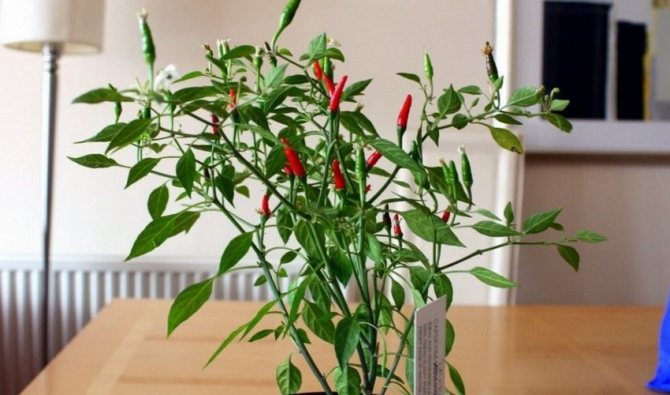

A small tree with hot peppers, standing on the windowsill, cheers up in gray autumn weather, and its bright fruits increase immunity in winter and add spice to the daily menu. Proper care and regime is all that is needed for the plant to please for a long time with a bountiful harvest of burning chili.
Tips for propagating bitter peppers by cuttings
Hot peppers can be grown not only from seeds, but also from cuttings. This method is used if you want to guarantee to keep the varietal characteristics of a hybrid crop variety. Procedure:
- On the eve of the procedure, the mother plant is watered abundantly.
- A shoot is cut off from the mother plant: the upper cut is made straight at a distance of 0.5 cm above the upper bud, the lower cut is oblique under the internode.
- The cutting is placed in a loose nutrient soil. Before this, the lower part of the cutting is recommended to be treated with a root stimulator (for example, Kornevin, Zircon).
- The container with the planted stem is covered with a film or a large plastic glass to create a greenhouse effect.
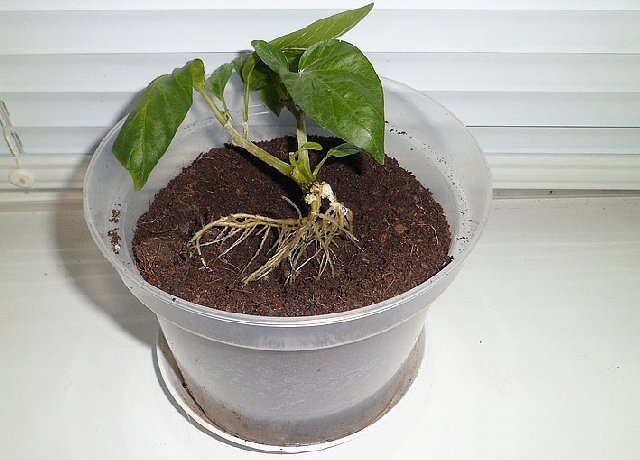

Prepared cuttings can be placed in a glass of water, placed in a shaded place and planted in the ground after they have sprouted
In general, growing hot peppers is not a troublesome job. It is not capricious, but at the same time it is capable of delivering pleasure both with its decorative appearance and sharp taste.


